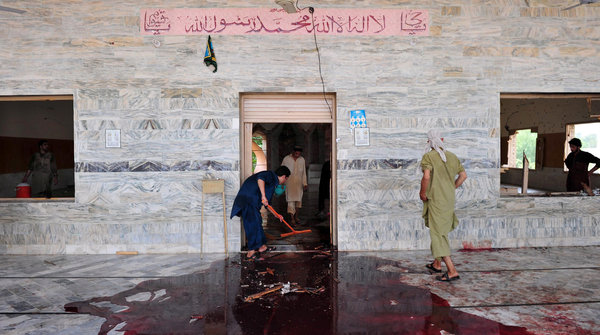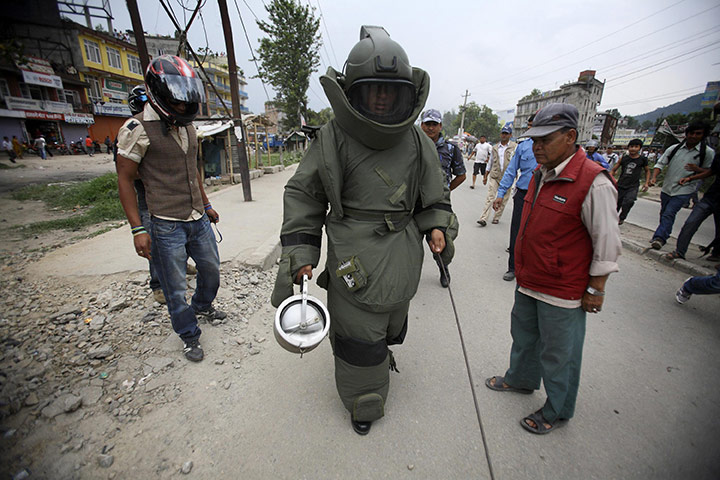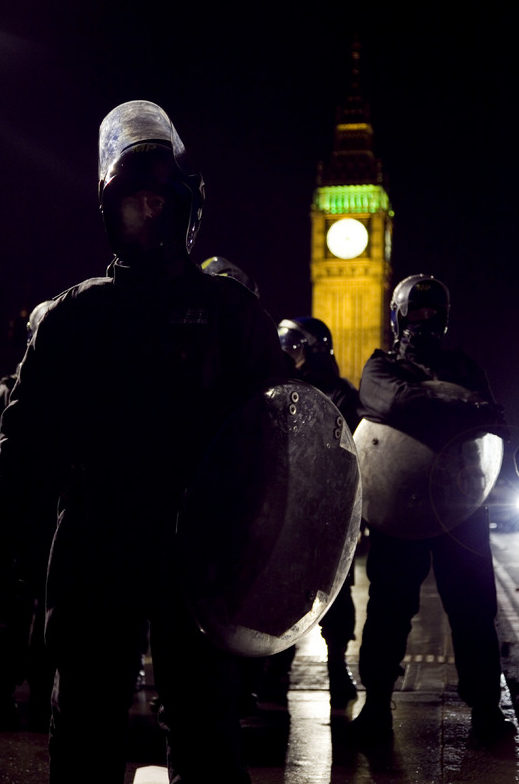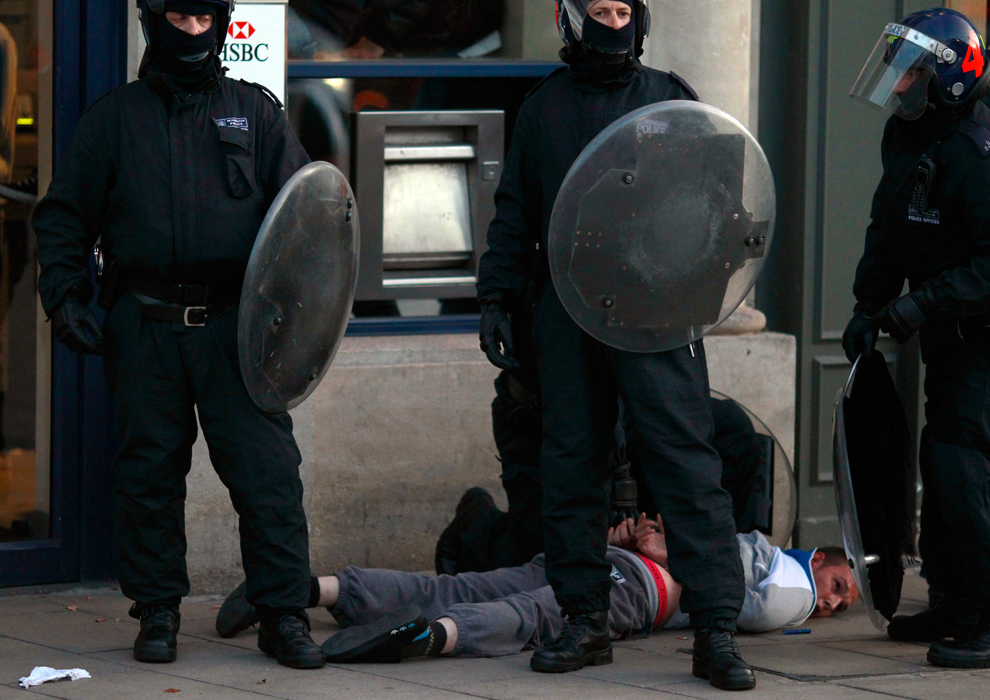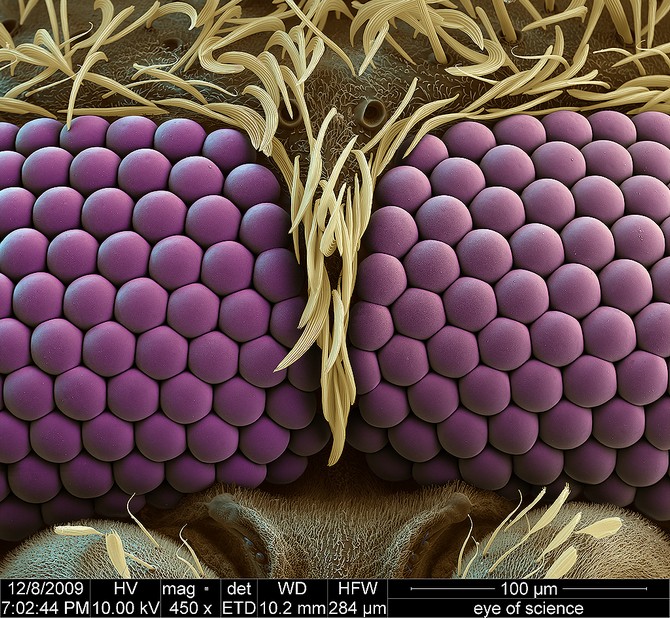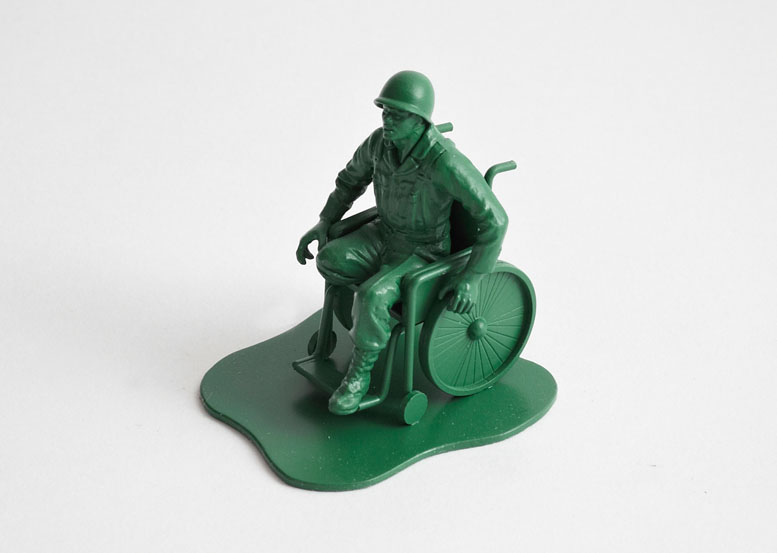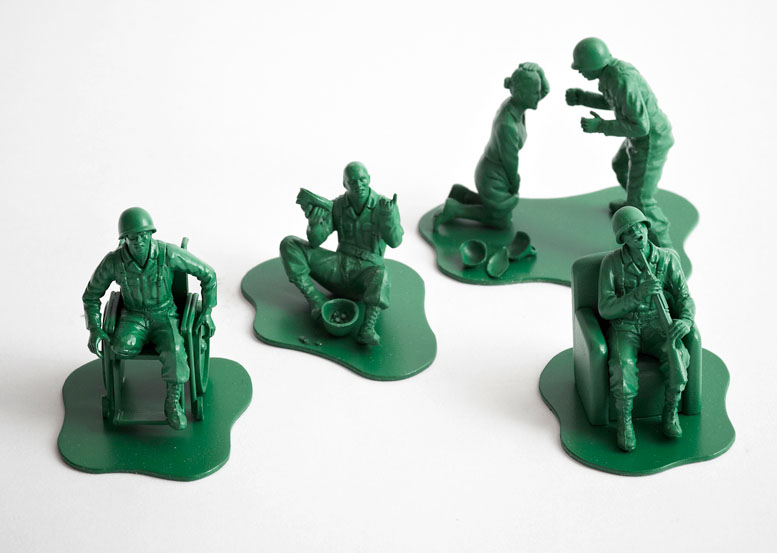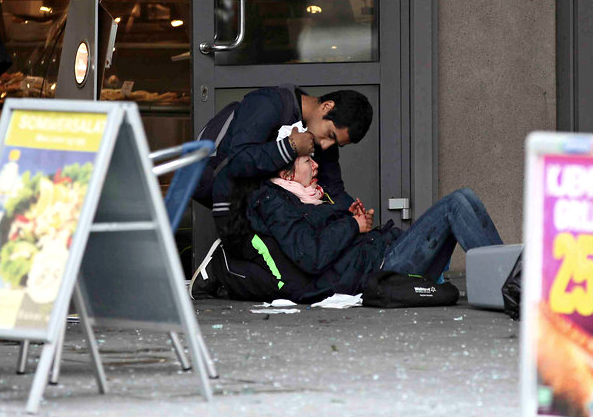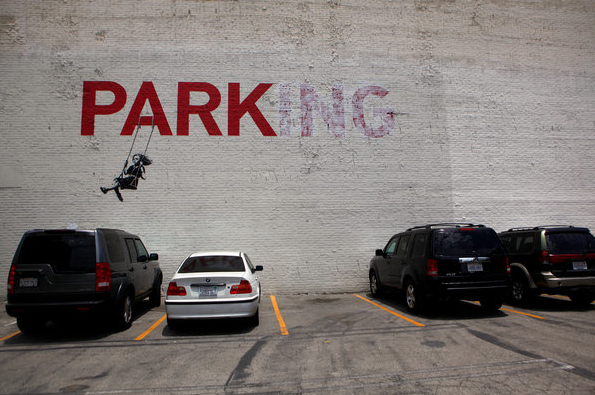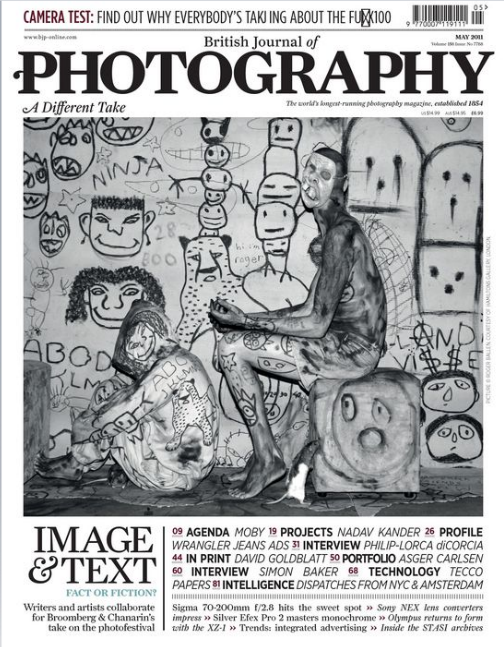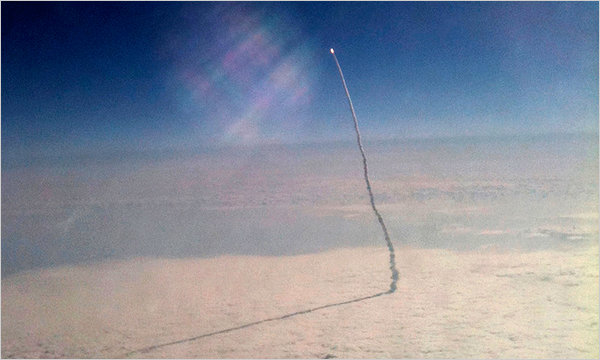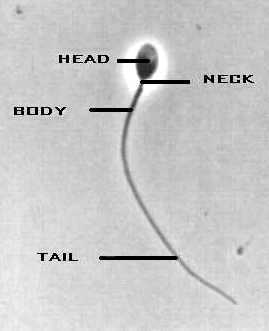The Libyan rebels are close to victory, and the papers are already rolling out photographs of populist exuberance. Let’s hope this revolution isn’t betrayed like so many others from Russia (pick your date) to Egypt (ditto). Even if Libya achieves the unusual, however, too much of the rest of the world will continue to be trapped in cycles of violence.
Yes, that’s blood. Residents are cleaning out a Sunni mosque in Ghundai, Pakistan after a suicide bombing. Over 40 were killed and many others wounded. Although the effect of the explosion on those within must have been amplified by the brick walls, the solid construction also saved many more lives. And then the hoses and brooms were brought out and the clean-up begun. More solidness–this time in the local community that can matter-of factly get on with the responsibility of living together.
There is much to admire in the practicality of ordinary people responding to the ongoing disasters that plague the early years of the 21st century. And yet I can’t help but think, that is the hell of it. They, and we, and everyone seems trapped in damage control rather than in making some of the obvious, albeit large-scale changes needed to move beyond political violence.
The photograph captures this paradox. On the one hand, it is a picture of functionality: a simple, well-built building and people working together to get the job done, no frills and no drama. On the other hand, that horrible river of human blood–and the knowledge that innocent people have been reduced to sewage. The scene appears too ordinary to be a picture of war, and yet I shudder to think this is what passes for peace.
Lest one want to dismiss the scene as something limited to a particular region or religious antagonisms, consider that there are many more photographs that tell a similar story.
Here we go from the tragic to the ridiculous. A member of a bomb squad in Kathmandu, Nepal is leaving the scene of a false alarm. He’s carrying a pressure cooker, which apparently was the cause for alarm. Silly, right? Just like those announcements in the airport: “Do not leave your personal baggage unattended. If you see an unattended bag, please report it to airport security.”
This photo captures how any society can become habituated to monstrous distortions within everyday life. That overstuffed suit and massive headgear could be a metaphor for the national security state, and the photo an allegory of how cycles of violence have become routine disruptions within civil society. Like the bystanders in the photo, we give the security apparatus momentary attention and then get on with the business of living, even though we have just seen something that appears alien and excessive. And so we become habituated to local adaptation rather than systemic change, and to continuous war rather than a just and sustainable peace.
Photographs by A. Majeed/AFP-Getty Images and Navesh Chitrakar/Reuters.
